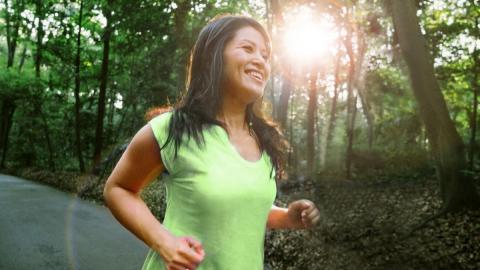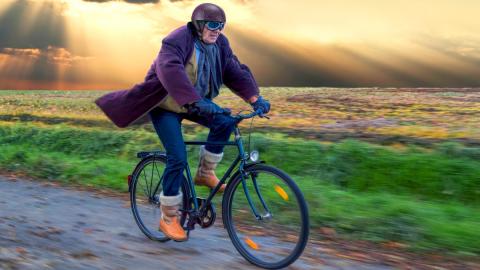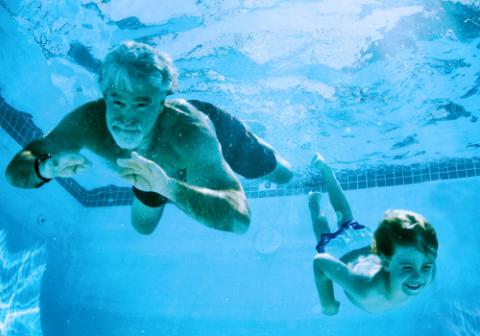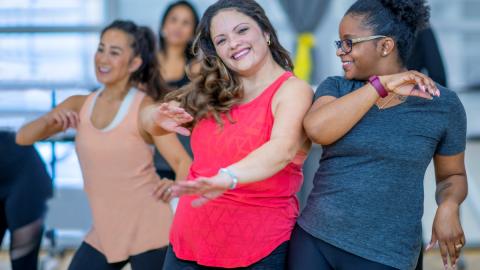Bladder and bowel problems can affect adults of all ages, but you shouldn’t let them put you off being active.
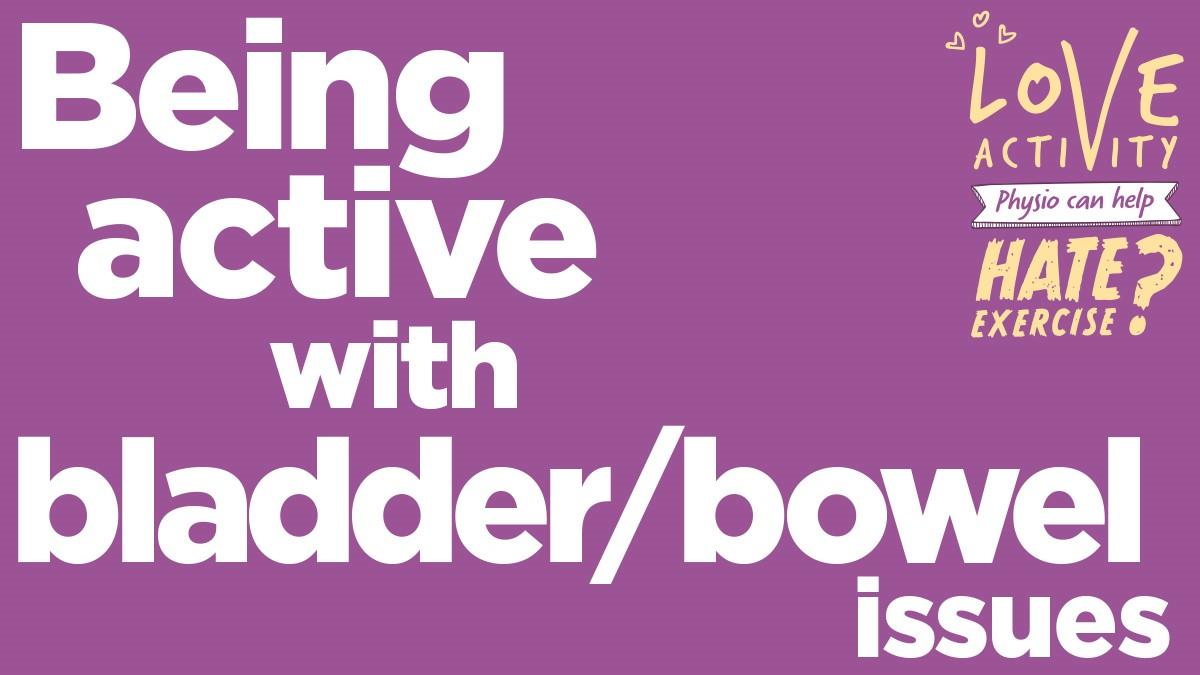
Here’s how you can get started.
Everyone can benefit from regular pelvic floor exercises to improve bladder and bowel control. Find free information guides on how to find your pelvic floor muscles and improve their strength on the POGP website
If you leak during jumping or high-impact activities, try to draw up and tighten your pelvic floor muscles before the increase in pressure – this will help the pelvic floor resist the downward movement of the bladder. This is easier if it is a short burst of movement, so if you plan to do continuous high-impact activities like running or riding, you may need advice from a specialist physiotherapist
You can reduce impact on the pelvic floor by wearing good quality, cushioned and supportive shoes.
The pelvic floor and your internal organs are well supported on a bicycle. Treat yourself to an extra comfortable seat to reduce pressure on the tissues and bones. Remember to activate your pelvic floor when you lift out of the saddle or have to push extra hard
If you find star jumps difficult, keep your feet together as you jump and just move your arms. It is easier to keep your pelvic floor muscles working when your legs are closer together.
Crunch-style sit-ups can cause pressure downward on the pelvic organs. Be careful to contract the pelvic floor for support before you lift your head and shoulders. Go slowly, and focus on good technique
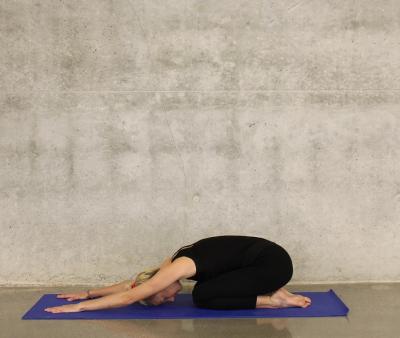
Between pelvic floor squeezes, make sure you relax the muscles underneath completely. In an exercise session avoid the temptation to ‘grip’ all the time. Allow the muscles to join in more and then less depending on what you’re doing
Stretch the pelvic floor area after exercise just as you do your legs and arms. Yoga poses like Butterfly and Child Pose are good relaxation postures
Many women feel more confident when wearing an absorbent pad or similar while exercising. Remember that in the long-term, bladder and bowel problems can be treated – so seek help from a specialist physiotherapist if you need it.
If you’re still not sure where to start, a physiotherapist can assess you and work with you to create a weekly activity plan
You can download this page for future reference.
Being active with bladder and bowel issues
Active stories
Find out how exercise helped Anna Curtis overcome an incontinence problem.




































